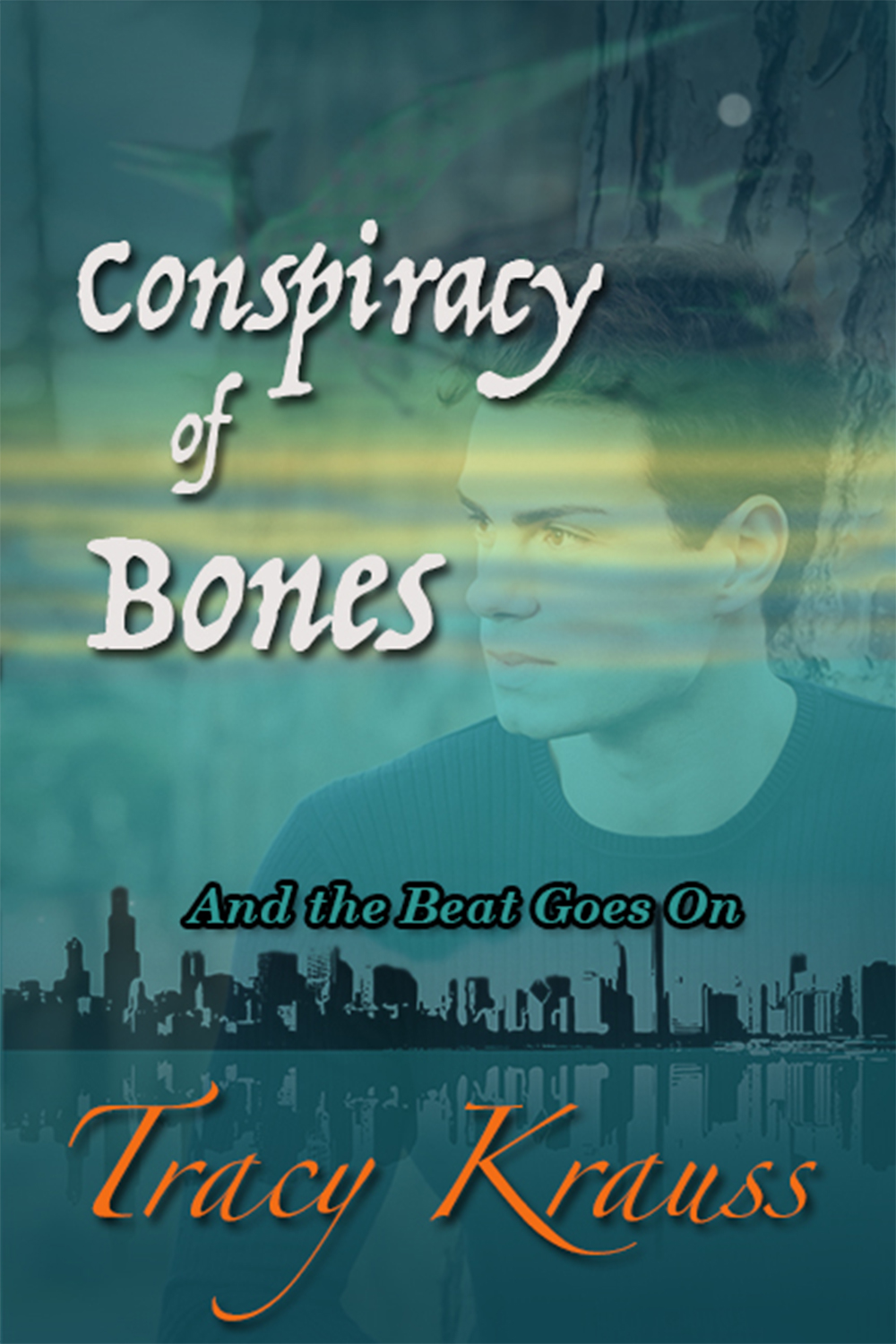
Get your free copy of this award winning book.
Some people think that romance is a shallow genre not to be taken seriously. I must admit that I’ve had that opinion myself on occasion. Yet the huge readership and demand for romance fiction tell a different story. Perhaps romance as a genre has been misjudged.

My family sometimes tease me, asking, “Why do you write romance again?” It is well known in our family that my husband is the more romantic of us two. He loves to hold hands, give me flowers, or write me little notes that I find hidden around the house. I sometimes complain when he wants to watch a romantic movie with me. I prefer Sci-fi to “one of those sappy romances”.
Yet ironically, here I am, writing an article about writing romance… because that’s what I do! My novels thus far tend to fall into the “Romantic Suspense” category, usually containing some type of danger or intrigue besides the romance, but each plot is strongly driven by the romantic relationships. It seems these are the stories that emerge when I sit down to write.
I like to think there are multiple layers to each story, and although romance is key, it isn’t the only element driving the plot. My characters find themselves in situations that go beyond misunderstandings or the challenges of a difficult childhood. Prostitution, alcoholism, pornography, abuse, unfaithfulness, cults, promiscuity, have all found their way into my writing, not because I like the shock value, but because these are real topics that plague believers and non-believers alike, despite a tendency to avoid talking about them in Christian circles. This is where grace comes in. I love to weave that element into most stories – the fact that Jesus’ grace is enough.
I also prefer telling the story from multiple points of view. I just find this more interesting than one POV, or even the typical two-point perspective of many romance novels. I think I first noticed how engaging this can be when I read a book by Maeve Binchy that contained multiple POVs. (I don’t remember the title, unfortunately.) I was struck by how rich the story was when seeing it from many angles. Even though the plot moved steadily forward, a totally different perspective opened up as readers gained insight and sympathy for each character. I realize one has to be very careful when writing this way, and I don’t recommend head-hopping during a scene. I intentionally map out each scene’s POV with an overall timeline until they intersect at various points. There is great satisfaction when all points weave together at the end.
Salvation is another important, if not essential, element in my fictional work. Of the nine romance novels that I’ve had published so far, all contain at least one main character who begins the story as a non-believer but then comes to Christ. In effect, Jesus romances them, drawing them into a relationship, or deepening the one that already exists.
I am most gratified when readers share what a particular book has meant to them. Although my work isn’t world-famous, I have had occasion to hear from readers. I know I’m on the right track when I get an unsolicited review, or better yet, a personal email or note.

Often, readers comment on how a character’s particular struggle resonated with them or how authentic they felt the book was. It’s one aspect of writing romance that is very meaningful. Romance doesn’t have to be soft or sappy. Romance can be the perfect vehicle for conflict, struggle and growth – all the things necessary for a good story.
Romance writers don’t need to hang their heads in shame. If you write romance, own it, because it’s meeting a real need. And… if I’m honest, I do love a good romance. Perhaps I’m a romantic after all.
This article was first published in FellowScript Magazine, May 2020.